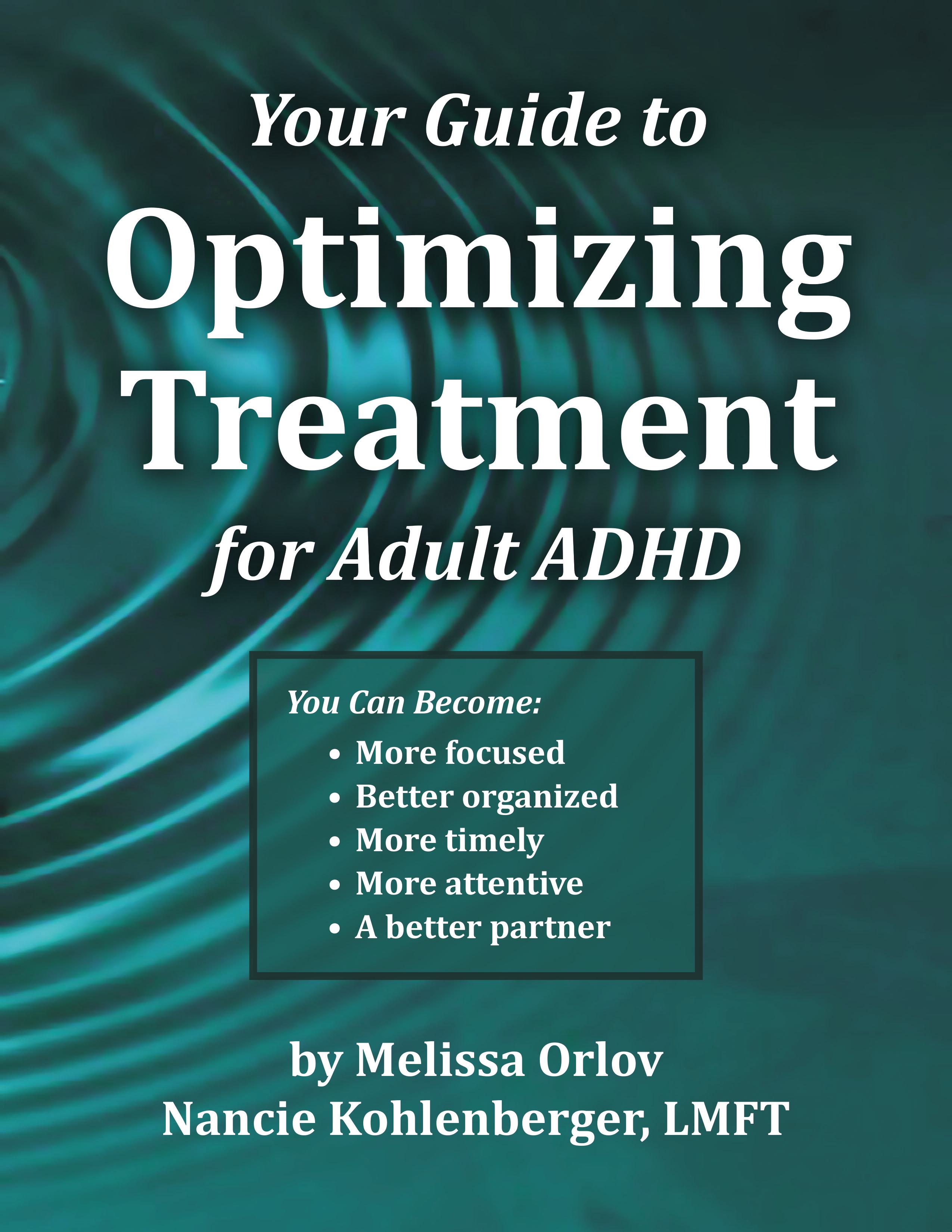In January, I wrote about bullet journals as a way to capture many details, and stay on top of projects. That system is particularly good at capturing a ton of little details, so you don't lose them, and so you don't have to respond immediately.
Another big organizational issue for adults with ADHD is sorting out which task to do (of the millions floating around in your head!) and then staying focused on tasks long enough to finish them. If this is your organizational issue, then creating a Personal Kanban can help.
What is a Personal Kanban?
Simply put, it is a tool to help you visualize and organize what you need to work on. It was first used at Toyota as a way to organize work flow for many, and then adapted by the folks at PersonalKanban.com for organizing personal goals. The idea is simple - two steps, actually.
- Visualize your work
- Sort your work to choose 3 (and only 3) items upon which to focus
This creates a way to think about prioritizing what's really important (or sometimes really expedient!); to stay focused on that thing long enough to complete it; and get the satisfaction of moving it into the 'done' category. Keeping your focus on just a few things, and having to overtly choose what those things are, gets past some of the biggest issues ADHD adults have with task management (i.e. overwhelm and planning!) There is a simple, 6 minute video on Personal Kanbans here.
How to Adapt this for ADHD
Of course, they want to sell you a course or book. I doubt you need them - the video should give you the idea. But keep these thoughts in mind, as they will help you succeed:
- make it visual - post it notes or note cards should work well
- put it in a place that you will stumble upon it so you don't have to remember it
- schedule yourself to interact with your Personal Kanban at least once a day - first thing in the morning, or right before bed might work well. Ask yourself "what am I going to get done on this project today/tomorrow...and when?'
- break down big projects into smaller steps if it seems overwhelming to tackle it. This is called 'chunking' and it can be really helpful for staying on task and planning more accurately
- if you get stuck and stop making progress, don't lose hope, just figure out why. Check for the usual suspects (poor time estimation or management; difficulty planning; the project isn't holding your attention, etc.) and then address the underlying issue. For example, if it's not interesting enough, how could you make it more interesting? Play loud music while doing it? Do it with a buddy and chat? Be creative. Sometimes you might need help.
- celebrate when you complete a project! Positive reinforcement is good
Next Steps
Try it out! You have nothing to lose, and it might help you a lot. Let us know your experience.
- MelissaOrlov's blog
- Log in or register to post comments








